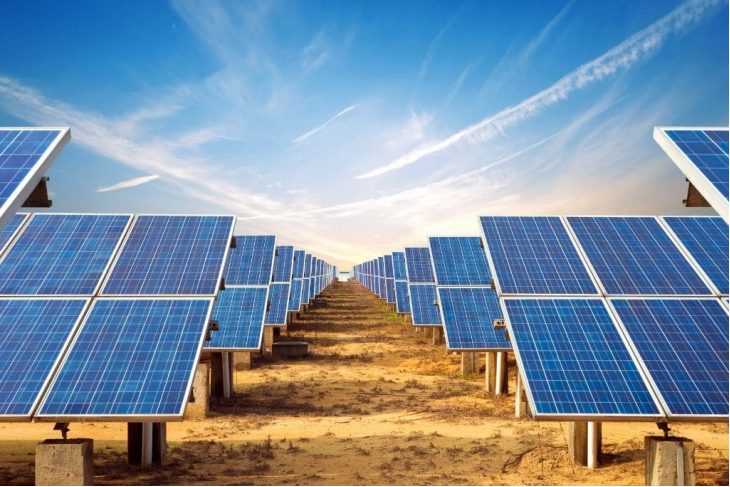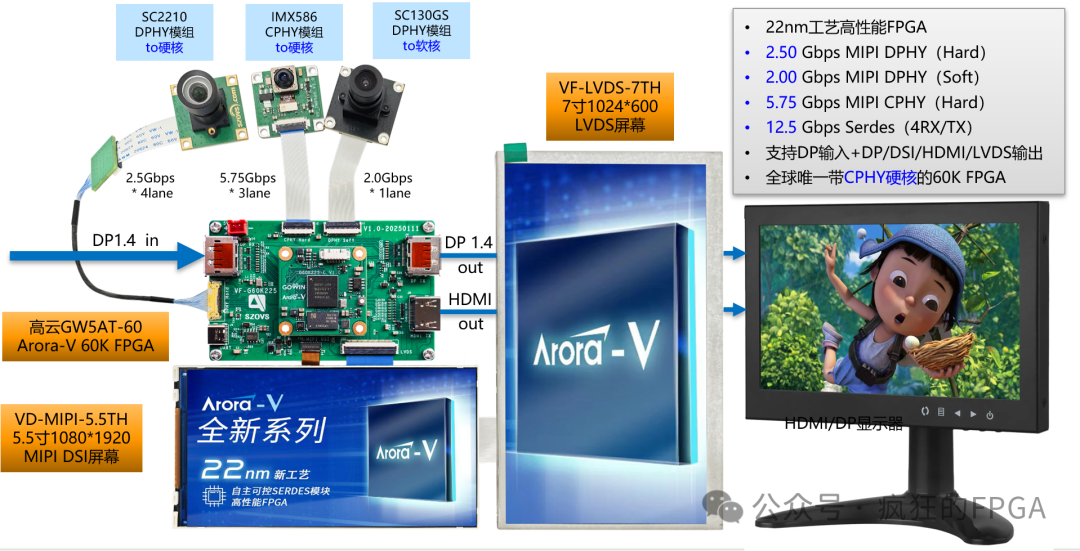
By Greg Gao
The Chinese IGBT solar inverter market is a new hot market. Its domestic players are set to increase their market share from 10% to 30% in 2022 as the IGBT shortage dragged on and China stepped up domestic substitution efforts, according to a JW Insights analyst article.

The sales of electric vehicles in China continue to increase rapidly. EVs have become a hot market for domestic IGBT manufacturers to compete. In addition, as the production of electricity using solar thermal energy increases, the photovoltaic market is becoming another vital battlefield for IGBT players to compete against overseas IGBT device giants Infineon, ON Semiconductor and ROHM Semiconductor.
Due to the increased production of electricity using renewable sources and the global carbon neutrality target, the photovoltaic market has grown rapidly. IGBTs are the core components of photovoltaic inverters, accounting for 20%-30% of the value. The most typical application scenario of IGBTs is a photovoltaic inverter, which requires a large number of high-voltage and ultra-high-voltage IGBT modules to convert the fluctuant electricity generated by photovoltaics into electricity that can be stably connected to the grid.

According to predictions of JW Insights, in the long run, the global IGBT solar inverter market will increase from RMB45.8 billion($7.2 billion) in 2020 to RMB109.6 billion($17.2 billion) in 2025. The Chinese market will increase from RMB7.2 billion($1.1 billion) to RMB 16.4 billion($2.57 billion).
Calculated based on IGBT accounting for 20% of the inverter value, the market size of IGBT in the world and China will reach RMB27.4 billion($4.3 billion) and RMB4.1 billion($643 million) respectively in 2025.
Chinese IGBT manufacturers such as Silan Micro, StarPower Semiconductor, Times Electric, and Wingtech made great efforts to expand their market share. While downstream manufacturers including Huawei, Sungrow, GoodWe are actively introducing domestic IGBTs in large quantities, and the penetration of domestic IGBT solar inverters in 2022 is expected to grow significantly.
While automobile IGBT products emphasize stability and safety, the photovoltaic market pays more attention to the conversion efficiency of IGBT products. So the photovoltaic inverters are more focused on low power loss, and high frequency. Leading manufacturers such as Infineon have developed new IGBTs specifically for the photovoltaic field.
Chinese inverters manufacturers Huawei, Sungrow, GoodWe are the major players. According to JW Insights research, in 2021 nearly 70% of Sungrow’s photovoltaic IGBTs are supplied by Infineon, and nearly 20% by Japanese ROHM Semiconductor, Mitsubishi Electric, and Fuji Electric; The proportion of domestic IGBT is about 10%.
After the U.S. imposed sanctions on the Chinese tech giant Huawei, it actively cooperates with domestic IGBT manufacturers, bringing greater market opportunities to Silan Micro, StarPower Semiconductor, and other manufacturers.
The progress of photovoltaic technology has led to the continuous decline of solar power costs, which improves of the cost performance of photovoltaic power generation. Photovoltaic power demand is expected to maintain rapid growth, with global new installed capacity to exceed 170GW in 2021 and 240GW in 2022.
JW Insights believes that with more Chinese IGBT manufacturers having tested and supplied their products, their product power loss rate has reached the demand for photovoltaic inverters. Companies like Huawei, Sungrow, GoodWe will adopt a large number of domestic IGBTs, thereby pushing up Chinese companies’ market share in the photovoltaic field to approach or even exceed 30% in 2022.
Chinese IGBT manufacturers such as Silan Microelectronics and Wingtech seem to be on the way to breakthroughs.
RELATED
-
Winsoul Capital: The market size of China’s power semiconductors is expected to increase to $20.6 billion by 2024
11-20 16:08 -
China's tablet market shipments decrease by 3.4% to 7.05 million in Q3, with local brands showing resilient growth
11-16 16:46 -
Chinese automaker Great Wall Motor equips its vehicles with in-house IGBT modules
11-15 18:01









